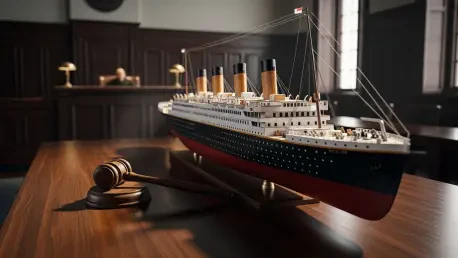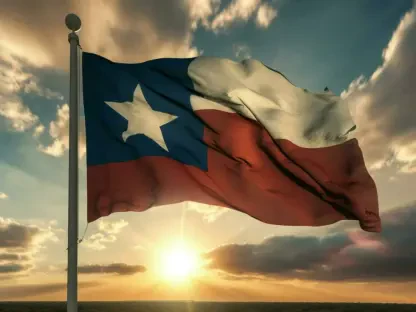Maritime disasters have not only been catastrophic to human life and the environment but have also served as crucial turning points in the history of global shipping laws. Understanding these incidents is essential to comprehend how legislative changes have evolved to enhance safety and environmental safeguards within the maritime industry.
1912: The Sinking of RMS Titanic
The chilling disaster of the sinking of RMS Titanic in April 1912 marked a pivotal moment in maritime history. The luxury liner, deemed ‘unsinkable,’ collided with an iceberg during its maiden voyage, resulting in the tragic loss of over 1,500 lives from approximately 2,224 passengers and crew. The catastrophic event spotlighted significant shortcomings in maritime safety regulations, such as inadequate lifeboat provisions and poor emergency preparedness among the crew. This led to the establishment of the 1914 SOLAS Convention, mandating adequate lifeboats, 24-hour radio watches, and comprehensive emergency drills, thus enforcing stringent standards for ship safety.
1967: The Torrey Canyon Oil Spill
The environmental disaster of the Torrey Canyon oil spill in March 1967 revealed the absence of adequate international protocols for handling oil spill emergencies. The supertanker ran aground, spilling 120,000 tonnes of crude oil, devastating vast stretches of the UK and French coastlines. This crisis prompted the Civil Liability Convention for Oil Pollution in 1969, which held shipowners accountable, and eventually led to the MARPOL Convention in 1973. MARPOL established rigorous controls on marine pollution, including oil, chemicals, and waste, thus protecting both human lives and marine environments.
1978: The Amoco Cadiz Oil Spill
In March 1978, the coast of Brittany witnessed devastation from the Amoco Cadiz oil spill triggered by a steering failure. Spilling a colossal 220,000 tonnes of crude oil, the incident highlighted deficiencies in tanker safety and maintenance protocols. This event prompted amendments to both SOLAS and MARPOL conventions and catalyzed the formation of the STCW standards. STCW ensured the competency and qualification of seafarers, preventing operational failures, while highlighting compensation disparities and prompting an increase in restitution limits for pollution damage.
1987: The Capsizing of Herald of Free Enterprise
The capsizing of the Herald of Free Enterprise ferry in March 1987 due to human error emphasized the crucial impact of an inadequate safety culture. The incident resulted in 193 deaths when the ferry capsized as a result of the bow doors being left open. It instigated the introduction of the ISM Code, which mandates safety management systems to ensure the effective implementation of both safety and environmental practices. It also established the role of Designated Person Ashore to enhance communication and safety adherence between ships and shores.
1999: The Erika Oil Spill
The spill of the Erika in December 1999, which released 10,000 tonnes of heavy fuel into the sea, led to extensive legislative changes within the European Union through the Erika Packages. These reforms included the transition from single-hull to double-hull tankers, stricter vessel inspections, and heightened standards for ship certifications. Additionally, they expanded accountability measures beyond just shipowners, harmonizing regional maritime regulations to prevent future incidents.
Conclusion
The examined maritime disasters shed light on the glaring inadequacies in historical maritime safety and led to monumental transformations within international shipping laws. These changes introduced robust safety protocols and environmental protections, setting a precedent for contemporary maritime operations. Future considerations may involve continuous adaptation of these laws to integrate technological advancements and elevate anticipatory safety measures, thus ensuring a resilient and environmentally sustainable maritime landscape.









